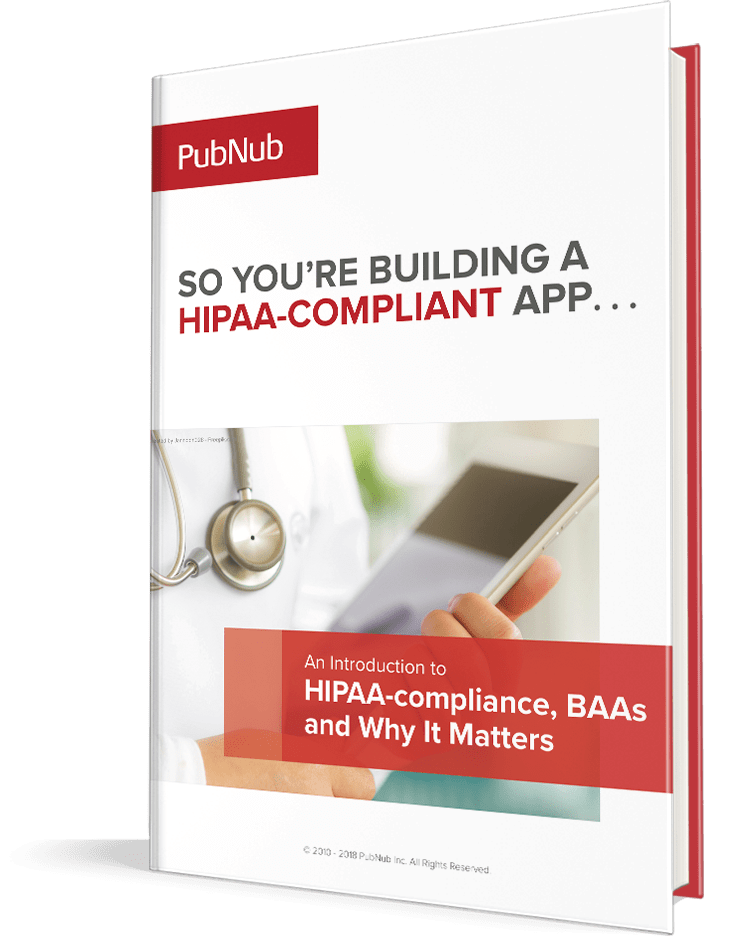IN THIS ARTICLE
Subscribe to Our Newsletter
The number of IoT devices is predicted to reach 75.44 billion worldwide by 2025. All these devices are connecting the world like never before. Industrial IoT presents new opportunities in the manufacturing and maintenance sector. Data from IoT sensors can be used to reduce maintenance, downtime, and consumed resources. You can increase productivity by predicting when maintenance is required instead of blindly relying on schedules or when an asset fails.
Why is IoT and Predictive Maintenance a Big Deal?
Fortune Magazine reported that PTC (a manufacturing software company), “believes predictive maintenance will be one of the first killer applications for the Industrial Internet of Things.” If you can predict when an asset needs service you can exploit the opportunity to make future investments and explore new revenue streams.
According to Bosch Software Innovation, “predictive maintenance allows enterprises to innovate through new revenue streams including enhanced warranty and maintenance services and also strengthen their competitive advantage through a differentiated offering. […] Predictive maintenance will help manufacturers to increase customer satisfaction from fewer warranty claims.”
Consider this timeline comparing traditional and predictive maintenance:
Pay attention to the frequency of maintenance for both. Traditional maintenance results in more downtime both from failures and preemptive maintenance. Every gray and red mark indicates productivity lost.
Predictive maintenance is more effective at increasing productivity. You only need maintenance when connected machines tell you that the potential for failure is detected.
How is PubNub used with Industrial IoT?
If you’re planning to implement predictive maintenance, or if you’re building IoT sensors for making predictions, then you have to depend on the solution you select to power it. If the service powering your IoT sensors goes down, then your machines may fail and you’ll lose out on productivity. In order to effectively reduce costs, you must use a reliable way to transmit sensor data.
PubNub’s primary product is a realtime publish/subscribe messaging API built on a global Data Stream Network. Messages sent with PubNub are delivered in under 0.25 seconds and usually much faster (30–40ms). PubNub supports over 70 SDKs and has features like push notifications and Project EON that you can use for monitoring. PubNub provides a 99.999% SLA on all of its services making it a great choice for transmitting IoT data.
PubNub offers a serverless environment to execute functions on messages as they route through the PubNub Network. You can incorporate logic like re-routing, augmenting, filtering, transforming, and aggregating data.
Serverless IoT with PubNub Functions
The Blocks Catalog is a growing collection of prebuilt microservices for enhancing your Internet of Things deployments.
PubNub has partnered with dozens of leading companies to provide easily integrable partner Blocks. You can initiate image recognition, visualize data, analyze sentiment, and more.
PubNub IoT Resources
- IoT Solution Overview
- IoT Machine Learning and Predictive Maintenance Webinar
- ExecTALK: IoT in an Event-Driven Software Development World
- Cloud State Machines: The Future of IoT and Edge Computing
- The Future of IoT
Have suggestions or questions about the content of this post? Reach out at devrel@pubnub.com.









